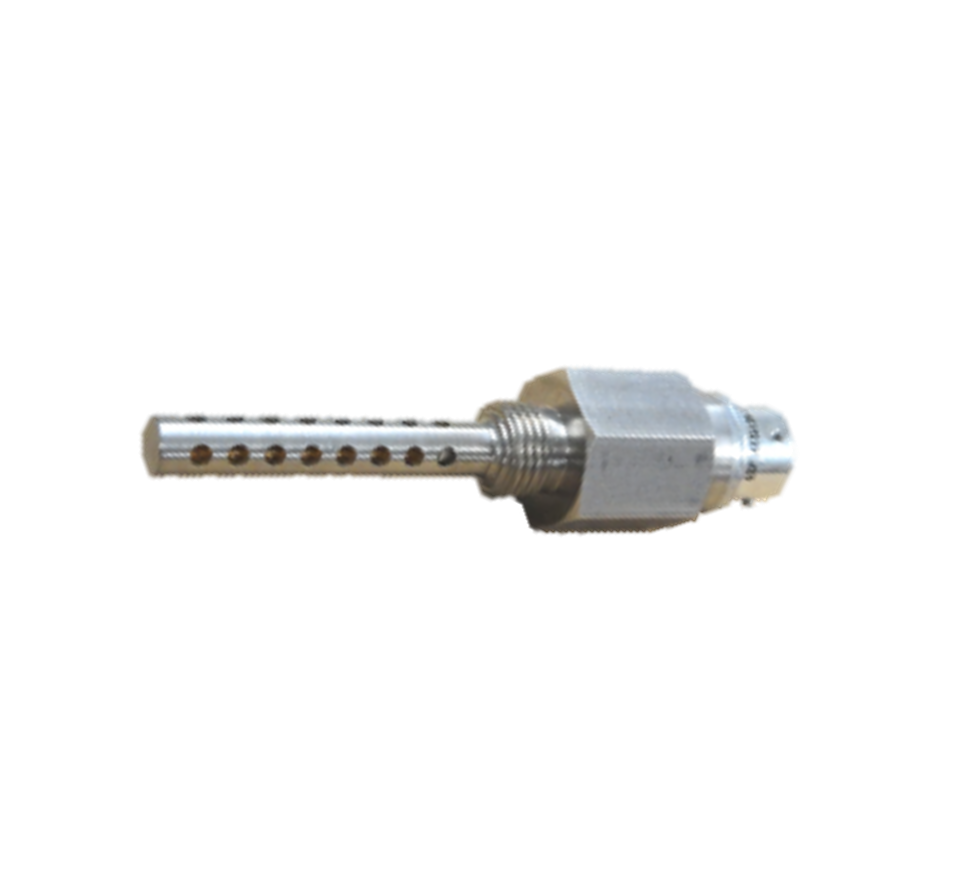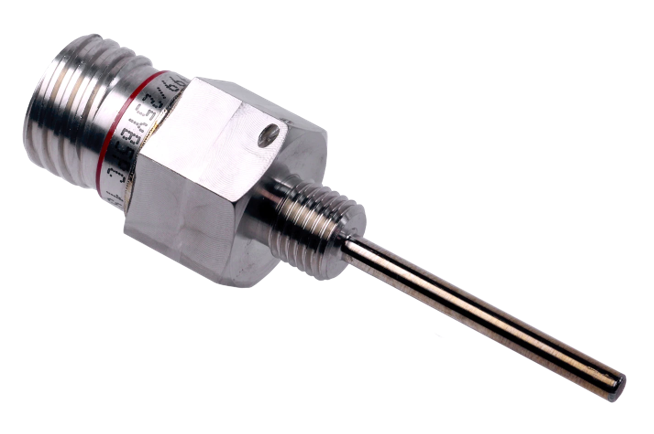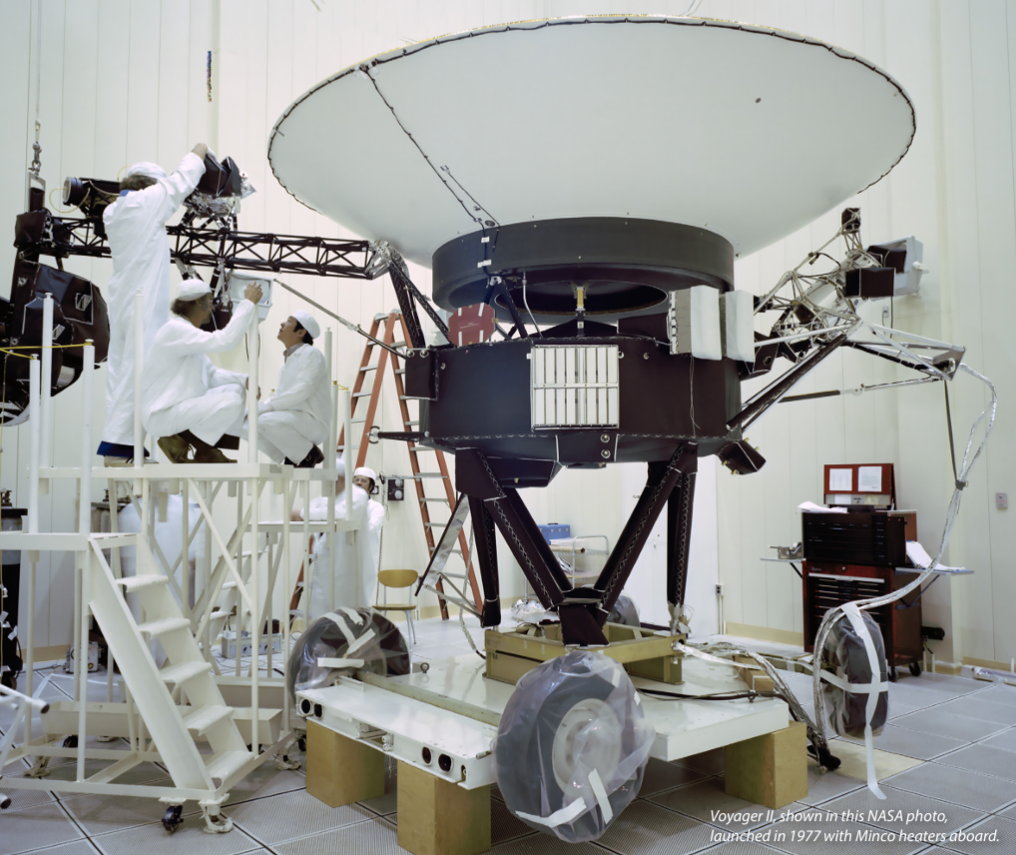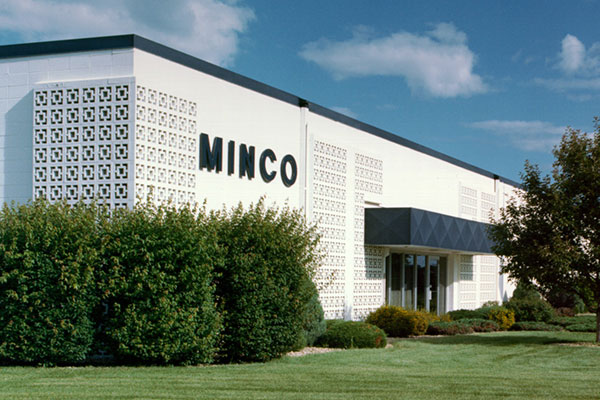Choosing the Right Temperature Sensor: RTD Sensors vs Thermocouples
When it comes to temperature measurement, selecting the right sensor is crucial for accurate and reliable data. Resistance Temperature Detectors (RTD) sensors and thermocouples are two widely used technologies, each with its own strengths and applications. This comparison aims to help you make an informed decision based on your specific temperature sensing needs.
Principle of Operation:
RTD (Resistance Temperature Detector): RTDs operate based on the principle that the electrical resistance of a metal increases with temperature. Most RTDs are made of platinum, which exhibits a predictable change in resistance over a specific temperature range.
Thermocouple: Thermocouples, on the other hand, rely on the Seebeck effect, where a voltage is generated when two dissimilar metals are joined at one end. The voltage produced is directly proportional to the temperature difference between the two ends.
Accuracy and Precision:
RTD sensors are known for their high accuracy and precision, making them ideal for applications where precise temperature control is critical. Thermocouples, while generally accurate, may have lower precision compared to RTDs. Consider the required level of accuracy for your application when choosing between the two.
Temperature Range:
Thermocouples typically have a broader temperature range compared to RTD sensors. If your application involves extreme temperatures, thermocouples might be the preferred choice. RTDs, on the other hand, excel in moderate temperature ranges, providing consistent and reliable readings.
Response Time:
For applications with rapid temperature changes, the response time of the sensor is crucial. Bare and grounded Thermocouples generally have a faster response time compared to RTDs, making them suitable for dynamic environments where quick adjustments are necessary. Ungrounded thermocouples often respond slower than RTDs of similar form.
Cost Considerations:
Cost can be a significant factor in sensor selection. Thermocouples are generally more cost-effective than RTD sensors, making them a preferred choice for budget-conscious projects. However, in applications requiring long leads, thermocouples can exceed the cost of similar RTDs. Evaluate your budget constraints alongside the required performance to find the right balance.
Calibration and Maintenance:
RTD sensors, especially platinum element RTDs, often require less frequent calibration than thermocouples. If ease of maintenance is a priority, RTDs may offer an advantage. Consider the long-term calibration and maintenance requirements based on the specific needs of your application.
Application Specifics:
Consider the unique requirements of your application. RTD sensors are commonly used in laboratories, pharmaceuticals, aerospace, and industrial processes that demand high accuracy. Thermocouples find applications in diverse industries, including automotive, and high-temperature manufacturing processes.
Comparative overview: key criteria between RTD sensors and thermocouples in temperature measurement
Parameter | Thermocouples | RTDs |
Principle | Voltage generated due to temperature difference (Seebeck effect) | Change in electrical resistance with temperature |
Material Composition | Various metal combinations | Typically chemically pure platinum (Pt), nickel (Ni), or copper (Cu) |
Temperature Range | Wide range, from -200°C to 2300°C depending on the type | -200°C to 850°C (standard) -259°C to 962°C (special) |
Durability | Durable in harsh environments | Design dependent ranging from durable to fragile |
Accuracy | Fair | Excellent |
Sensitivity | Low | Moderate |
Linearity | Type J and K: Good Type E and T: Fair | Copper: Excellent Platinum: Very Good Nickel: Fair |
Response Time | Fast (bare or grounded junction) | Moderate |
Cost | Low to moderate | Moderate to high |
Output | Millivolt per temperature difference | Ohms per actual temperature |
Application Areas | Industrial processes, automotive, energy | Industrial processes, HVAC, automotive, aerospace |
Stability | Fair | Excellent (platinum element) |
Advantages | Durable, high temperature capability, no self-heating | High accuracy, stable, repeatable |
Disadvantages | Low sensitivity, requires cold junction compensation | Limited high temperature range, susceptible to self-heating |
In summary, the choice between RTD sensors and thermocouples depends on the specific needs of your temperature measurement application. Consider factors such as accuracy, temperature range, response time, cost, and maintenance requirements to make an informed decision. Both technologies have their advantages, and selecting the right one will ensure reliable temperature data for your unique circumstances.




